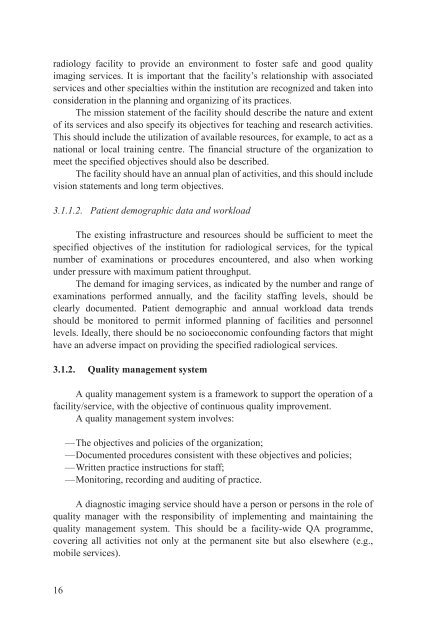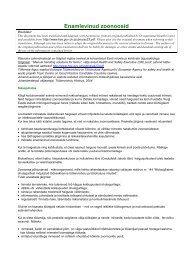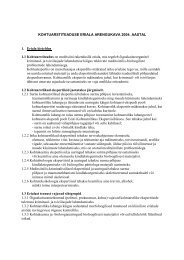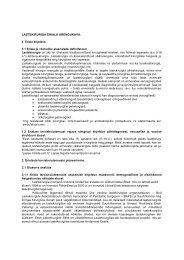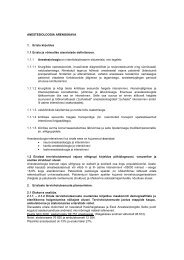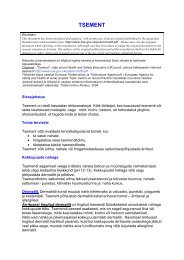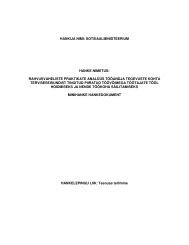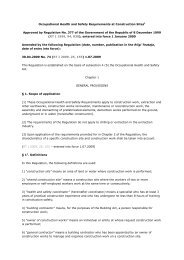SErIES IAEA HumAn HEAltH SErIES IAEA Hum
SErIES IAEA HumAn HEAltH SErIES IAEA Hum
SErIES IAEA HumAn HEAltH SErIES IAEA Hum
Create successful ePaper yourself
Turn your PDF publications into a flip-book with our unique Google optimized e-Paper software.
adiology facility to provide an environment to foster safe and good quality<br />
imaging services. It is important that the facility’s relationship with associated<br />
services and other specialties within the institution are recognized and taken into<br />
consideration in the planning and organizing of its practices.<br />
The mission statement of the facility should describe the nature and extent<br />
of its services and also specify its objectives for teaching and research activities.<br />
This should include the utilization of available resources, for example, to act as a<br />
national or local training centre. The financial structure of the organization to<br />
meet the specified objectives should also be described.<br />
The facility should have an annual plan of activities, and this should include<br />
vision statements and long term objectives.<br />
3.1.1.2. Patient demographic data and workload<br />
The existing infrastructure and resources should be sufficient to meet the<br />
specified objectives of the institution for radiological services, for the typical<br />
number of examinations or procedures encountered, and also when working<br />
under pressure with maximum patient throughput.<br />
The demand for imaging services, as indicated by the number and range of<br />
examinations performed annually, and the facility staffing levels, should be<br />
clearly documented. Patient demographic and annual workload data trends<br />
should be monitored to permit informed planning of facilities and personnel<br />
levels. Ideally, there should be no socioeconomic confounding factors that might<br />
have an adverse impact on providing the specified radiological services.<br />
3.1.2. Quality management system<br />
A quality management system is a framework to support the operation of a<br />
facility/service, with the objective of continuous quality improvement.<br />
A quality management system involves:<br />
—The objectives and policies of the organization;<br />
—Documented procedures consistent with these objectives and policies;<br />
—Written practice instructions for staff;<br />
—Monitoring, recording and auditing of practice.<br />
A diagnostic imaging service should have a person or persons in the role of<br />
quality manager with the responsibility of implementing and maintaining the<br />
quality management system. This should be a facility-wide QA programme,<br />
covering all activities not only at the permanent site but also elsewhere (e.g.,<br />
mobile services).<br />
16


